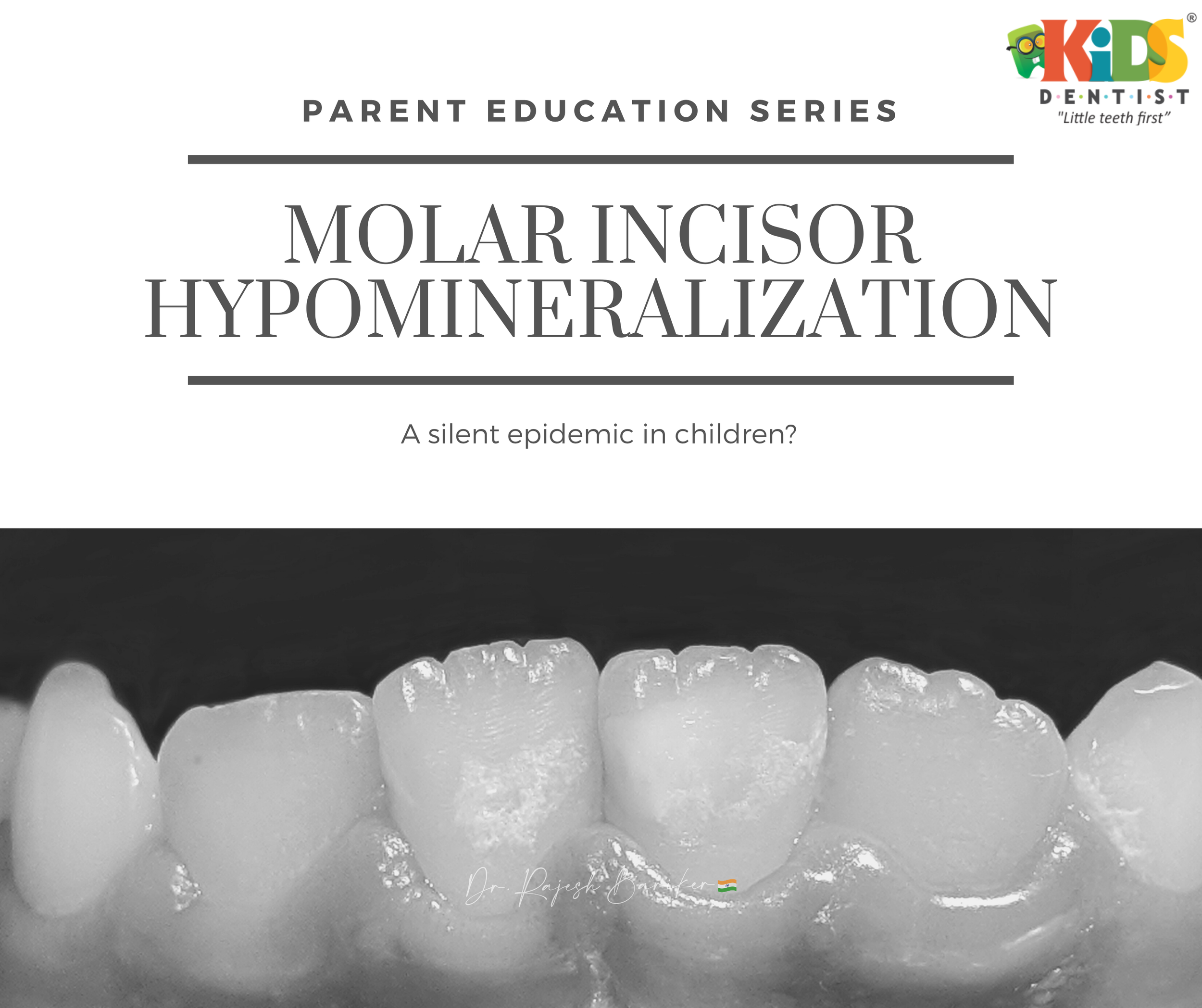
MIH is a condition that is considered to have grown to epidemic proportions in children. It does not appear to be a new phenomenon, but when caries prevalence was high, the developmental defect responsible for initiation of the cavity was probably not diagnosed.
Prevalence
The prevalence figures range from 3.6– 25% and seem to differ between countries and birth cohorts. Studies from different parts of the world* show a wide regional variation of 0.5 to 40.2 per cent in the prevalence of the disease.
How widespread is MIH and who does it affect?
Studies from different parts of the world* show a wide regional variation of 0.5 to 40.2 per cent in the prevalence of the disease. One example: The 5th German oral health study revealed a prevalence of 28.7 per cent in twelve-year-old children.
What causes MIH?
Unfortunately, the cause of MIH is still unknown. Prenatal, perinatal and postnatal influences are being evaluated. Furthermore, environmental conditions and a variety of diseases occurring in the first few years of a child’s life may have an influence.
Are they an easy fix?
Clinically, MIH molars can create serious problems for the dentist as well as for the child affected. For dentists, the problems are related to unexpectedly rapid caries development in the erupting first permanent molar, inability to anaesthetize the MIH molar when treatment is indicated, and unpredictable behaviour of apparently intact opacities. The child, on the other hand, will experience pain and sensitivity (even when the enamel is intact) creating, for instance, toothache during brushing. They may also complain about the appearance of their incisor teeth.
What’s the takeaway?
It seems advisable to consider children with a poor general health in the first four years after birth at risk for MIH. These children should be monitored more frequently during eruption of the first permanent molars. The same applies to children at low risk of caries when opacity is noticed at the eruption of one of the first permanent molars. Management of these teeth should consider their long-term prognosis, as well as management of the presenting features such as pain.